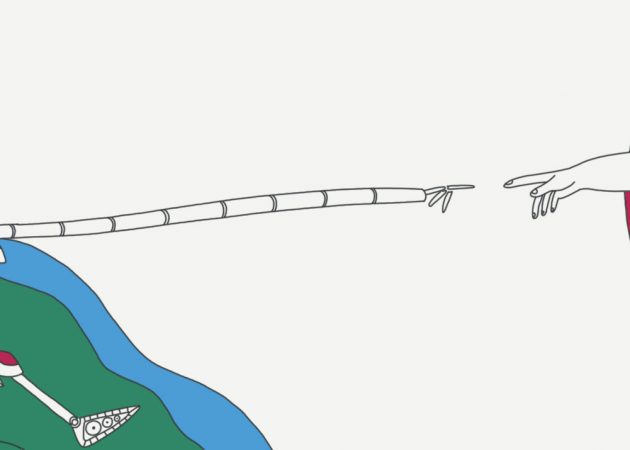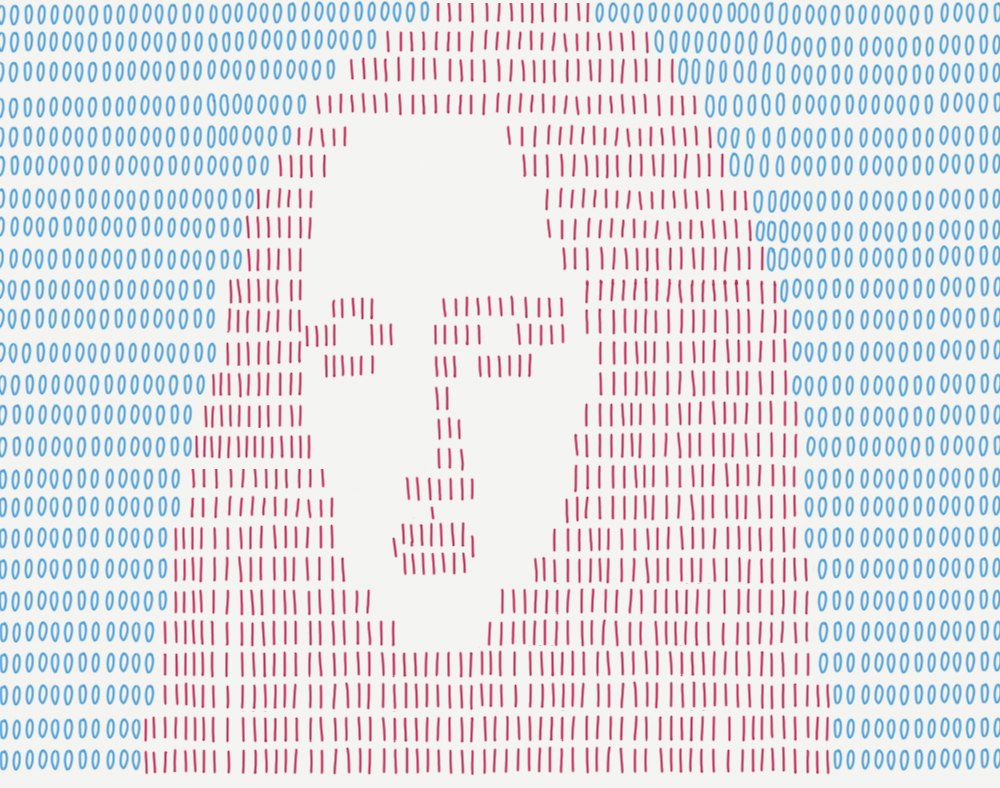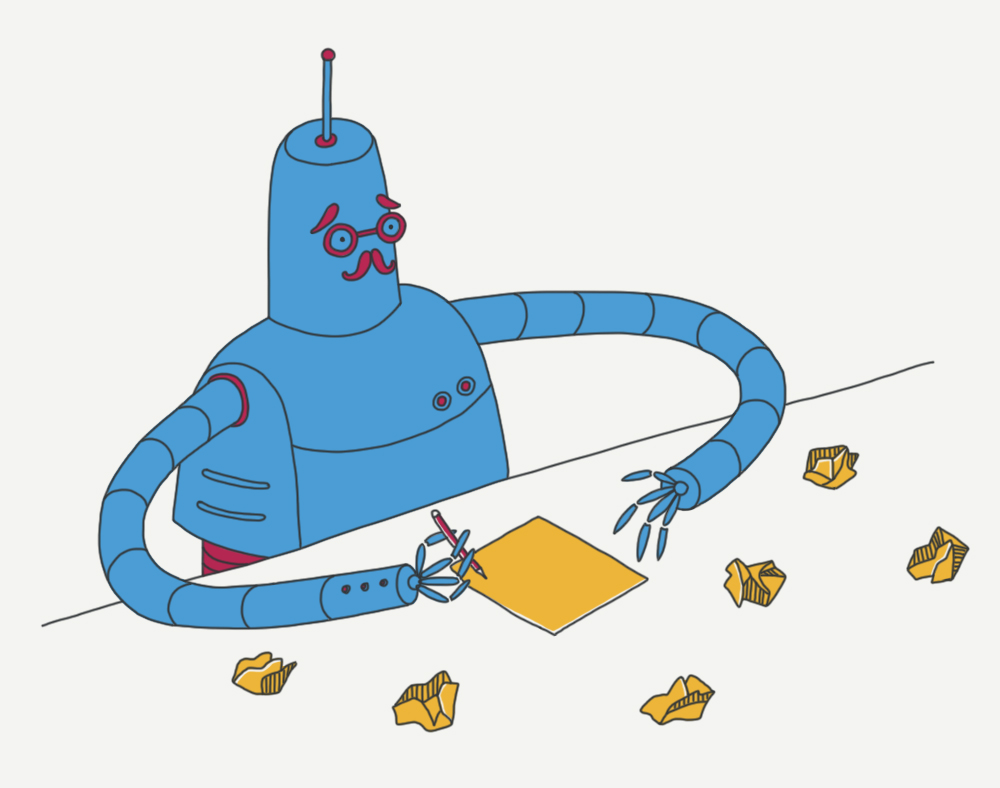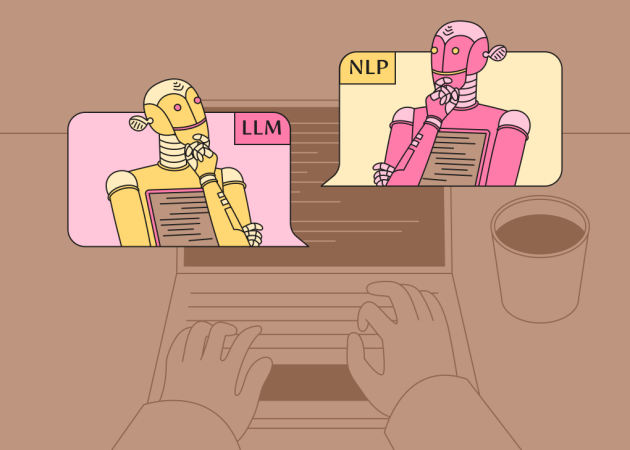
Can Robots Be Creative?
Contents
Contents
In light of Will Smith’s recent—and awkward—date with Sofia the Robot, the boundaries of those things that AI can do has expanded a bit more. Apparently, now robots can not only think and provide arguments, they can also friendzone Hollywood actors. But can they actually be creative or provide creative design services?
We will never know if this question ever crossed the minds of engineers Oscar Sharp and Ross Goodwin, or it was just a boyish strife for cool robotic experiments that kindled their interest. Regardless of which, they ended up building a machine able to generate creativity. Their brainchild—*cough* brain robot *cough*—Jetson (who eventually renamed himself Benjamin), was infused with an enormous depository of sci-fi movie scripts, and asked to write a new one.
Surprisingly, or unsurprisingly, Jetson (AKA Benjamin) completed the job handily. While it’s difficult to say how well it did—the resulting movie’s weirdness is best judged subjectively—robots can, as demonstrated, write movie scripts with a creative bearing. Is this the beginning of a new era?
Talented bots
If you take a good hard look around, you can see that the world is packed with machines that are trying to be creative. Take for example, Emily Howell—a bot created by David Copem—which (who?) writes original, truly appealing melodies. Emily “listens” to the works of the world’s most gifted composers and imitates them by producing new singles every single day. The most amazing thing is that Emily isn’t the only artist on the robotic block. Mubert, an artificial composer of electronic tracks and Emily’s direct competitor, also claims to be “the future of music”.

Another artistic robot is called Lsjbot. “He” was created by Swedish developer Sverker Johansson as a writing bot for Wikipedia. It now churns out more than 10,000 articles per day! It’s an insane number of articles, were it written by a flesh-and-blood writer, but for an artificial intelligence, there are almost no boundaries.
Ambition and the stakes are now so high, even the most sacred of works have been targeted for artificial creativity: Harry Potter books. A LSTM recurrent neural network wrote the ninth book about Hogwarts, using the previous ones as an example. Good news for the admirers of J.K. Rowling’s earthborn talent—the robotic version sucks. Phrases, mostly, don’t make sense, but in all fairness, the neural network managed to mimic the rhythm and style of the original book. With all its robotic determination, we might also see the tenth book coming soon–and, probably with a more meaningful plot.
Time to sound the alarm?
We have already accepted the fact that some professions soon may be seized by robots—factory workers, couriers and even sports commentators. However, we had a strong belief that some skills—creativity, entrepreneurial spirit or leadership—are impossible to mimic. Now it may be a good time to re-consider this thought.
We are already relying heavily on technologies, and with all those artificial composers, writers, programmers aren’t we in danger of losing our leading position? Nobel prize winner Douglas Hofstadter thinks that the scale is still weighted in the favor of humans. In his opinion, Emily is just modelling creativity, however, “she” can’t model humans motivation and talent…yet! Michael Osborn, Oxford University Professor, shares this opinion and says that bots can hardly surpass humans in our ability to find inspiration and set goals. Robots are still human-controlled, they need algorithms and programming to be creative, whilst we can come up with genius ideas out of blue. We are safe for now. But what’s coming next?

Maxim Orlovsky, a neuroscientist and the founder of the laboratory for cognitive architectures bicalabs.org and the IT company qoderoom.com, forecasts a surge in robotic creativity. Bots are already showing vague attempts to be creative. There is a good chance that their potential will evolve over time.
Although we’d like to imagine talent as the lightning of creativity, striking through our souls, it actually has robust physiological origins. Dr Orlovsky says that noise in the neural networks can indirectly become a source of emotions and even creativity. This means that complex AI networks can derive genuine talent from chaotic neural processes. If this is the case, then robots will become more creative with the development of technologies.
The future of creativity
What’s the bottom line? Are bots substituting us in creative tasks or does art still remain the mirror of a creator’s soul? Probably, we can’t step back from where we are—robots are already writing, drawing and singing their way through creativity. Yet, however, why should we perceive them as our competitors?
Creativity is a boundless field, which can fit any number of players. Even in the pre-robotic age, Tesla’s discoveries were not competing against Einstein’s theories or trying to steal fame from Bach. Creative processes are based on synergy—the bigger the number of people (and maybe robots) that create something, wider opportunities open up for the future artists.
For now, though, we can enjoy watching the future shape in front of us. And always count on a couple of artificially intelligent terabytes to help us meet the deadlines.
Subscribe to blog updates
Get the best new articles in your inbox. Get the lastest content first.
Recent articles from our magazine
Contact Us
Find out how we can help extend your tech team for sustainable growth.







